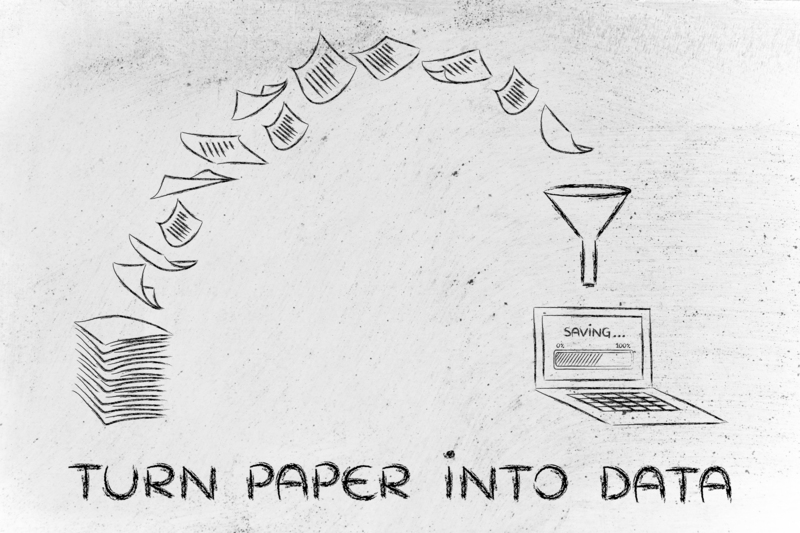Efficient Uses for Wood Waste
Posted on 28/10/2024
In the contemporary world, sustainability has become a focal point for industries across the board. One such area where waste can be turned into a valuable resource is the wood industry. The by-products, otherwise termed as wood waste, pose both an environmental challenge and an economic opportunity. This article delves deep into efficient uses for wood waste, exploring various ways to transform this by-product into valuable resources.
Understanding Wood Waste
Wood waste primarily consists of offcuts, sawdust, chips, and shavings that remain after lumber processing and production activities. This waste can emerge from a plethora of sources including sawmills, furniture production units, and construction sites. If not properly managed, wood waste contributes significantly to landfills and the broader environmental issue. Recognizing its potential value is the first step towards efficient use.

Biomass Energy
One of the most prevalent and efficient uses of wood waste is in biomass energy production. Biomass refers to organic material that can be used as fuel to produce energy. Wood chips, sawdust, and other waste can be converted into pellets or briquettes, which are then incinerated to generate heat and electricity.
Unlike fossil fuels, biomass burns cleaner and is considered a renewable energy source. The carbon dioxide emitted during biomass combustion is almost equivalent to the amount absorbed by the wood during its lifecycle, making it a near-carbon-neutral option. Countries committed to lowering their carbon footprints are increasingly adopting this method.
Compost and Soil Amendment
For Use Cases #1
Integrating wood waste into compost and soil amendments is another efficient utilization. Sawdust and wood chips are rich in carbon and can act as a perfect balance to nitrogen-rich organic waste. When mixed and composted properly, wood waste not only accelerates the composting process but also results in nutrient-rich soil that benefits agriculture dramatically.
Farmers and gardeners often seek composted wood waste as it improves soil structure, water retention, and aeration. This makes it easier for plants to absorb nutrients and for roots to grow more freely.
Wood-Based Panels
Perhaps one of the most innovative uses for wood waste is in the production of wood-based panels. Medium Density Fibreboard (MDF), particleboard, and oriented strand board (OSB) are all products that utilize wood residues in their manufacture. Wood chips, fibers, and sawdust are bonded under high pressure with a variety of resins to produce these engineered wood products.
These panels are integral to construction, furniture, and interior design sectors. Not only do they reduce the demand for solid wood but they also offer versatility, strength, and cost-effectiveness. The production of wood-based panels epitomizes resource efficiency by creating valuable products from what was originally waste.
Landscaping and Mulching
Another widely appreciated use of wood waste is in landscaping and as mulch. Shredded wood and bark are often used to cover soil for moisture retention, weed prevention, and aesthetic purposes in gardens, parks, and urban landscapes.
Mulch decomposes slowly, providing nutrients to the soil over time, thus benefiting the plants and reducing the need for synthetic fertilizers. Wood chips are also employed in playgrounds and walking paths, offering a resilient and environmentally friendly ground cover.
Biodegradable Plastics
The move towards reducing reliance on synthetic plastics has spurred research into biodegradable alternatives. Recent advancements have shown that wood waste can be transformed into biodegradable plastics. This has promising implications for industries aiming for sustainable packaging solutions.
Utilizing lignin, cellulose, and hemicellulose from wood waste, researchers are working on producing compostable plastic materials. While this technology is still evolving, the potential to replace petroleum-based plastics with biodegradable options could revolutionize the packaging industry.
Animal Bedding
Wood shavings and sawdust have been long used in agriculture as animal bedding. It provides a comfortable, absorbent, and inexpensive option for livestock bedding. Wood waste bedding not only ensures better hygiene for the animals but also decomposes naturally, enriching the soil after use.
Moreover, used bedding can transition into compost and serve as a soil amendment, creating a cyclical process that enhances agricultural sustainability.
Paper and Pulp Production
Another sector where wood waste is efficiently utilized is in the production of paper and pulp. Integrating wood residues into paper manufacturing processes reduces the reliance on virgin wood. This not only conserves forests but also provides a cost-effective raw material for the paper industry.

Creating Wood Pellets
Wood pellets, made from compressed sawdust and wood shavings, are gaining traction as an eco-friendly heating solution. They are particularly popular in countries like Sweden and Germany where pellet stoves and boilers are widely used. The compact nature of pellets means they take up less storage space and are more efficient to transport compared to unprocessed wood waste.
Conclusion
The transformation of wood waste into valuable products embodies the principles of a circular economy. By creatively re-purposing what was once considered mere by-products, industries not only mitigate environmental impacts but also realize new revenue streams. From energy production to composting and biodegradable plastics, the efficient uses for wood waste are both diverse and transformative. Engaging in such practices represents a significant stride towards sustainable development and environmental stewardship.

